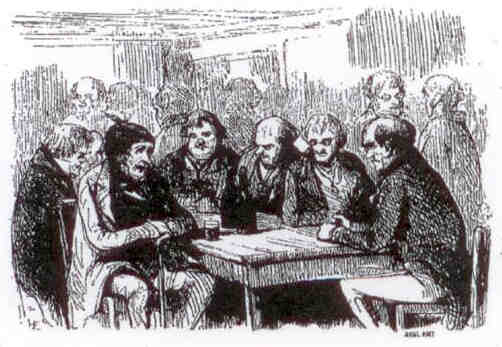|
André Warnod
André Warnod (1885–1960) was a French writer, goguettier, art critic, and illustrator, who witnessed the artistic scenes of Montmartre and Montparnasse during the 1910s-1930s. Biography André Warnod was born in Giromagny on April 24, 1885, the son of Édouard Warnod (1856-1893), a Protestant industrialist in Giromagny, and Alice Herr (1862-1953). His grandfather, Édouard Warnod (1828-1890), married to Laure Boigeol (1830-1916), and was also an industrialist and served as the president of the general council of Belfort. André had two brothers: Robert, who died for France in 1916, and Pierre, married to Lucie Mouttet, daughter of Louis Mouttet. He married Andrée Cahen-Berr in Paris-9° on August 25, 1915. André Warnod was the first to coin the term "École de Paris" (School of Paris) in an article for Comœdia, published on January 27, 1925. He reiterated this term in October of the same year in the introduction to his book "Les berceaux de la jeune peinture" (The Cr ... [...More Info...] [...Related Items...] OR: [Wikipedia] [Google] [Baidu] |
Goguettier
A goguette () was a singing society in France and Belgium, and its members were called ''goguettiers''. As well as providing venues for informal solo and ensemble singing, goguettes also served as places for drinking, socialising, and recreation. Goguettes can trace their history back to 1729 and the "'':fr:Société du Caveau, Société du Caveau''" in Paris, founded by poet and chansonnier Pierre Gallet (poet), Pierre Gallet (1698–1757), but their heyday was in the years 1818 to 1900. They can still be found today. In the early 19th century, goguettes met in the premises of cafés and restaurants, and provided a space for their members (for a small fee) to sing in public or to have their own compositions sung. Songs would explore well-worn epicurean themes such as drinking and eating, though political and social songs also played an important part. Open to all social ranks, in practice they tended to attract literate men from the artisan class; they were also associated with ... [...More Info...] [...Related Items...] OR: [Wikipedia] [Google] [Baidu] |

